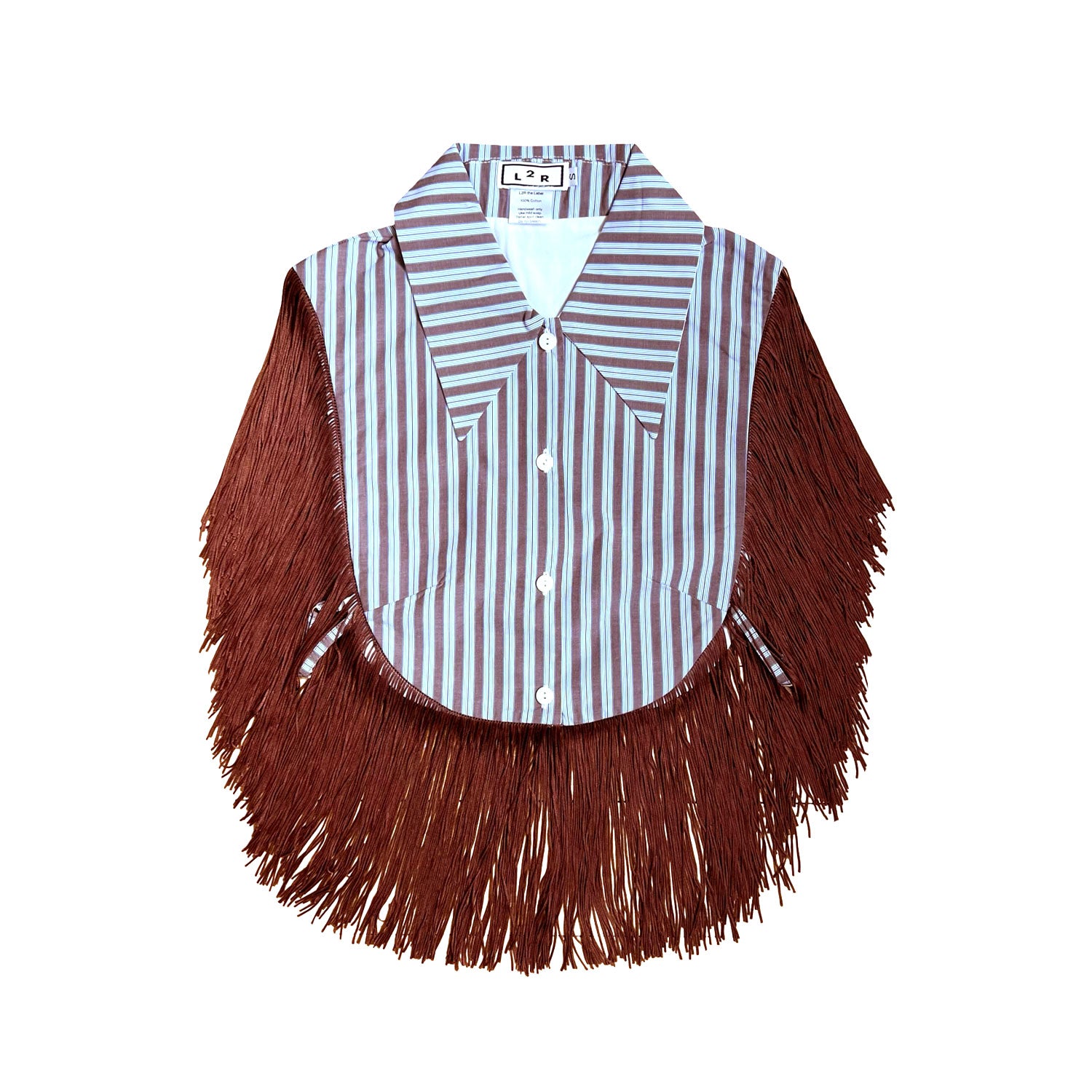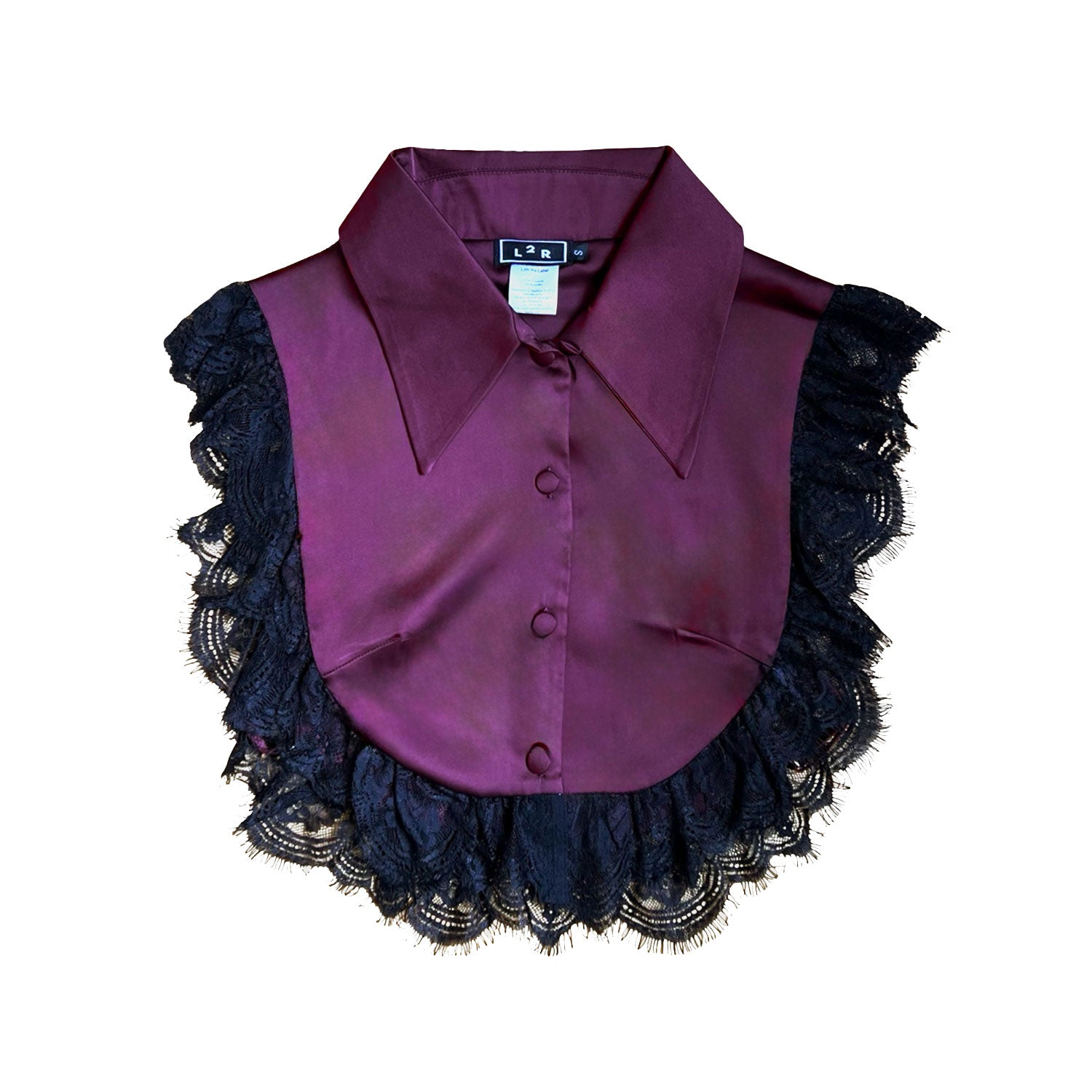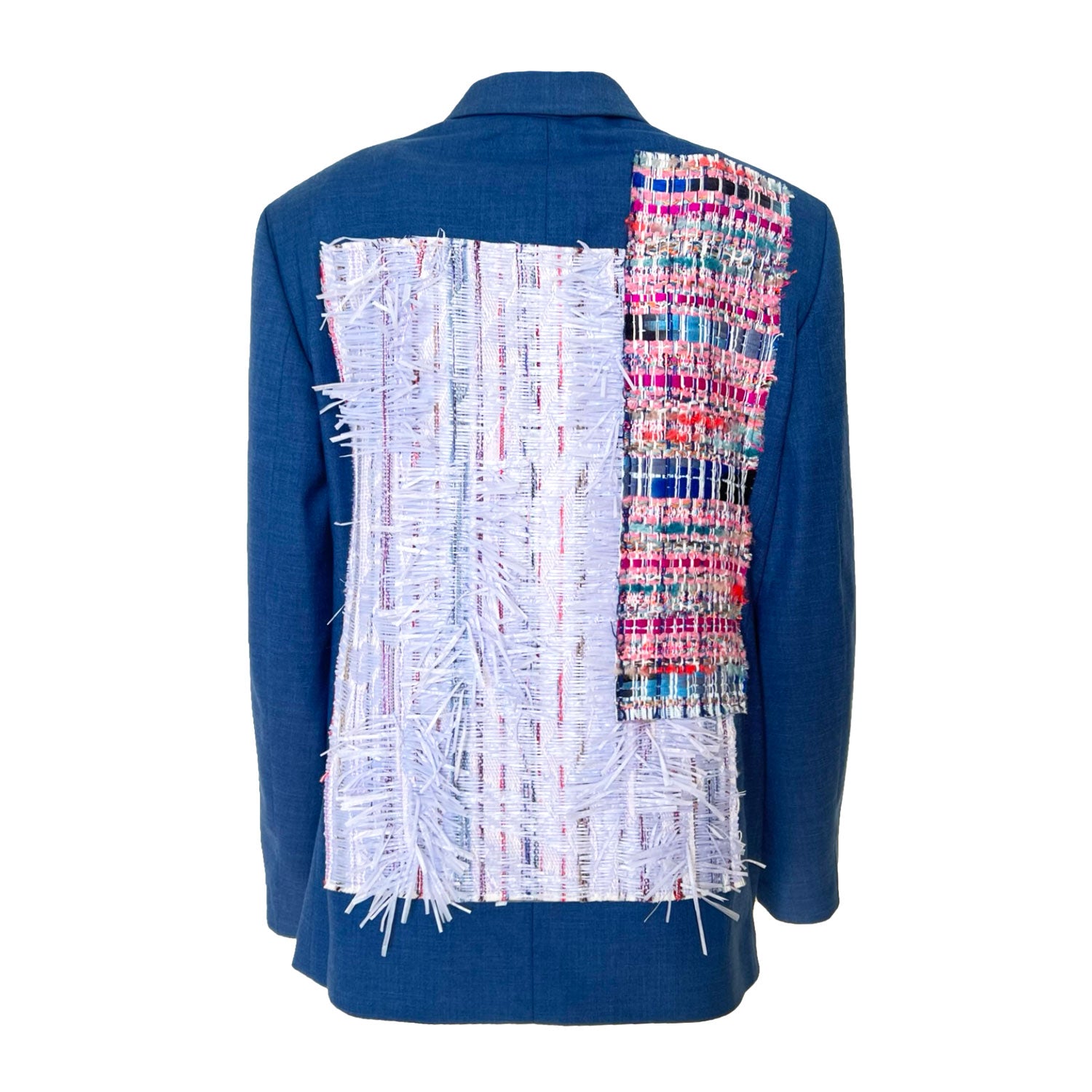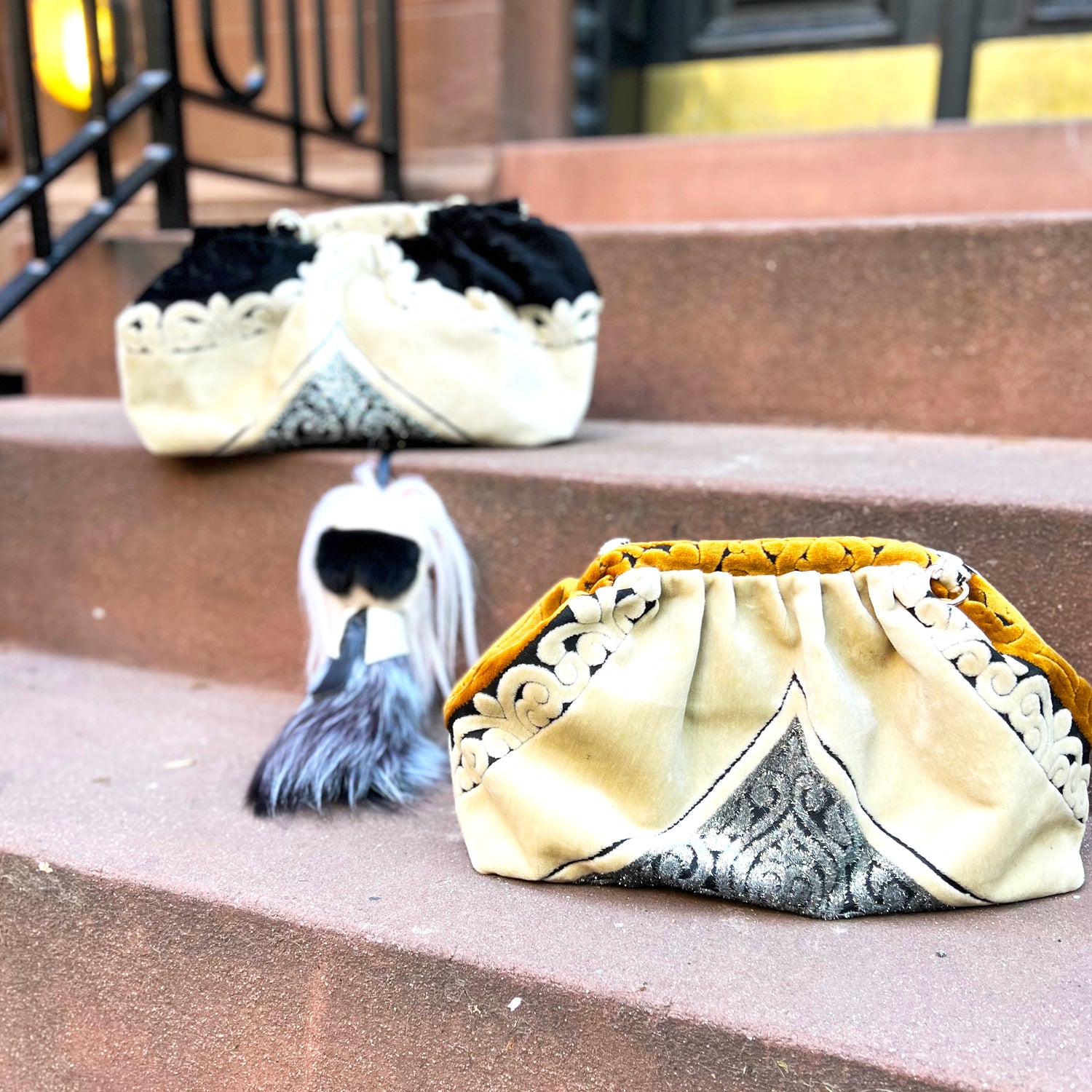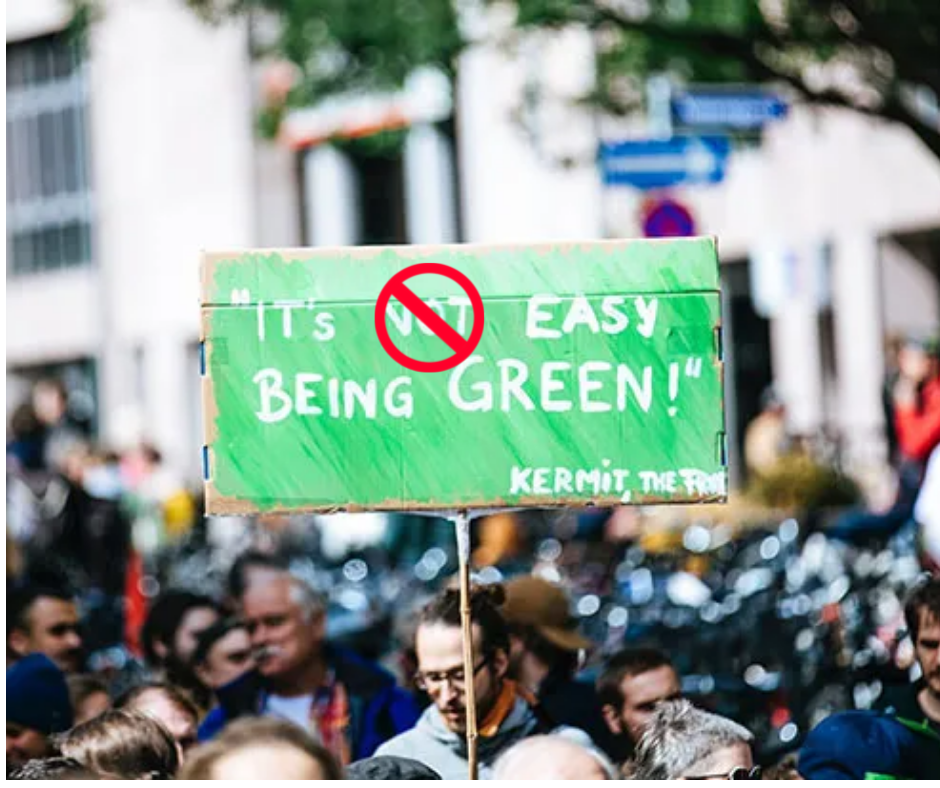
What’s in a label? It’s the place where you find your information about the contents or ingredients of a product. In fashion, a label has two different meanings: one is synonymous with the word brand and the other is a physical tag normally sewn into a garment indicating facts about the item of clothing.
This generally includes the “ingredients” or the materials used to make the garment. But, really, does it tell the whole story? The truth is, just because an item “sounds” natural or the tag says it’s made from 100% anything, doesn't mean that it is truly sustainable.
If a shirt’s tag says, 100% cotton, for example, it doesn’t say how much water was used to grow the cotton, who picked the cotton, or anything about the company or the human beings that manufactured that piece of clothing.
There is a lot of debate going on about which fabrics are truly sustainable.
Does natural always equal good, and synthetic equal bad?
What happens when we wash or dispose of our clothes? People tend to think that “all-natural” materials like cotton, hemp, and bamboo are the kindest to the planet. But are they really?
The most sustainable materials employ a closed-loop or circular system that recycles waste and puts it back into production using ethical and humane practices.
We’ve broken down the most sustainable fabrics out there and examined the pros and cons of each one.
Cotton

Cotton has long been known as “the fabric of our lives,” but is it?
Cotton is one of the most common and widely used fabrics. Used to make everything from t-shirts to undies, cotton can be found in almost every dresser drawer in every bedroom in the US regardless of age, gender, or socioeconomic level.
But just because cotton grows in the fields, not all cotton is created equal. Cotton is one of the thirstiest and most chemically-intensive crops on earth. In fact, it takes over 5,000 gallons of water to grow the amount of conventional cotton needed to make a single pair of jeans and one cotton tee.
Organic cotton is a little better because it doesn’t use pesticides, but the truth is, less than one percent of total cotton production is organic. And even if there was more organically grown cotton, the same amount of water is still used in the manufacturing process.

Enter recycled cotton
Recycled or upcycled cotton is made using post-industrial and post-consumer cotton waste. It not only helps reduce water and energy consumption; it helps keep cotton clothes out of landfill. Previously worn or otherwise discarded cotton materials are broken down and then spun back into yarn to make new garments.
This process not only saves water, reduces pollution, and decreases energy usage, but giving cotton a second chance at life keeps it in the loop, so it can become the fabric of many lives.

rPET/Recycled Polyester
From bottles to models, recycled polyester is a synthetic material being widely used in the garment industry. Recycled polyester, or rPET, is a fiber made from post-industrial and post-consumer waste.
It’s becoming widely used to make everything from sports jerseys and men’s shirts to winter jackets and boots. rPET fiber is strong and durable but, as with any recycled synthetic, processing and the release of microfibers need to be taken into consideration.

Organic Linen
Linen is another natural fiber that’s been around for centuries. Similar to hemp, it’s derived from the flax plant, a very versatile crop. Linen requires minimal water and grows in poor-quality soil. Plus, every part of the plant is used, so nothing is wasted.
Linen is strong, naturally moth-resistant, and, when untreated (i.e. not dyed), fully biodegradable. In addition to being good for the planet, it is also light and can withstand high temperatures, absorbing moisture without holding bacteria. And because “rich wrinkles,” the natural imperfections in linen are a sign of quality. What’s not to like?

Hemp
One of the oldest fibers in the world, hemp helps keep you warm in winter and cool in summer, and gets softer the more you wash it. A naturally eco-friendly fabric that has been used for thousands of years due to its durability and tendency to grow almost without effort, hemp is used to make everything from food to fabric, and bedding to building materials.
It’s in cosmetics, pet supplements, and cleaning supplies. Requiring very little water, hemp is a natural soil fertilizer and absorbs carbon dioxide, making it a highly sustainable crop.
With many of the same properties as linen, hemp is biodegradable, light, strong, and naturally antibacterial. Used more commonly in today’s garment industry to make everything from tees to dungarees, and pillows to pajamas, another bonus of this fabric is that it naturally blocks UV light.
Having had some struggles to gain mainstream acceptance in the past because of its association with cannabis, hemp is in the forefront these days as marijuana laws and attitudes are relaxing substantially.

Bamboo
An untapped resource, just recently gaining in popularity in the garment industry, bamboo is a great source because it’s not only biodegradable when untreated, but it can be grown quickly and organically. Like cotton, however, it’s important to note that not all bamboo is sustainable.
And even though bamboo can be grown organically, it isn’t always. Most bamboo on the market is processed chemically, using large amounts of water, but thanks to greenwashing, consumers can be easily fooled.
When buying bamboo products, look for labels that say “certified organic, dew retted, and naturally colored.”
Fashion is all about innovation and creativity, and the industry has gotten increasingly inventive creating new sustainable fabrics. Here are just a few:
Tencel

TENCEL® is a light cellulose fabric, created by dissolving wood pulp. Fifty percent more absorbent than cotton, requiring less energy and water to produce, this fiber has been growing in popularity recently. All solvents used in production are recycled which reduces dangerous waste.
Additionally, Tencel has moisture-wicking and anti-bacterial properties, which makes it perfect for yoga and other activewear!

Fruit Leathers
An eco-friendly vegan alternative to animal hyde, fruit leather, made from fruit waste, is being used to make everything from shoes to purses.
Sold under the name Piñatex, this futuristic material is made from pineapple leaf fiber. Not only is it a cruelty-free replacement for leather, it is natural and sustainable. Made from a food by-product, Piñatex reduces waste and helps the farming communities that grow the fruit!

Spider Silk
Small arachnids, spiders are making a big impact in the eco-textile world. Qmonos, a synthetic spider silk, has recently been developed through the fusion of spider silk genes and microbes. Said to be five times stronger than steel, this material is very lightweight, more flexible than nylon, and entirely biodegradable. No spiders are farmed or harmed in the manufacturing process, making Qmonos a smart and more sustainable and ethical alternative to silk and nylon.
Nothing New Fashion

Boxy Opera Coat in Red and Gold Silk Brocade by L2RtheLabel is vintage, inspired by the opera coats of the 1950s.
When you’re choosing a brand, it’s critical to do your research to support labels that are truly striving for sustainability. It’s also important to consider the working conditions and the manufacturing process.
At L2R, we strive to be transparent about the true nature of our label and the sustainable practices that go into making our zero-waste products. Believing that closed-loop production in fashion is key to limiting waste and protecting our planet and its inhabitants, we never let a single shred of thread go to waste when creating our designs.
From concept to creation, our zero-waste, #NOWASTENOBULLSHIT philosophy follows. Never made from new materials, our eco-friendly packaging, hang tags, and labels are made with leftover threads and fabric. Any scraps that are unfit for use are donated to toymakers to use for stuffing.

To ensure that we have a positive and direct impact on the planet and its people, we have partnered with Greenspark, a project that not only plants trees and offsets carbon emissions, and rescues plastic, but has a long-term positive social impact.


